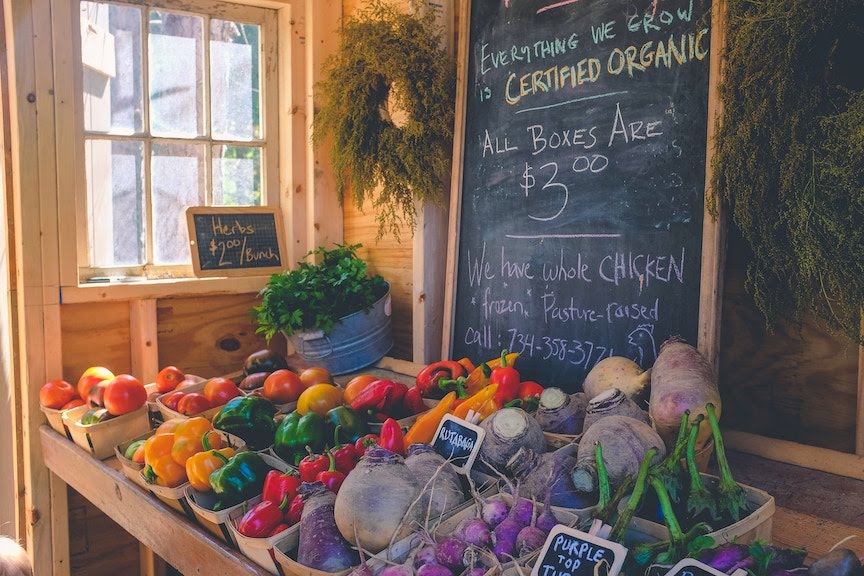When we were children, our parents repeatedly told us that fruit and vegetables are good for us, but is there more to it than the obvious fibre, vitamins and minerals?
We know now that plant foods contain more than 25,000 identified natural chemicals. These are called phytonutrients or phytochemicals. “Phyto” refers to the Greek word for plant. These chemicals protect plants from germs, fungi, bugs and other threats. Although not essential for staying alive, phytonutrients also help to prevent diseases in humans; and that’s a great thing!
The most important source of phytonutrients is fruits and vegetables. Other plant-based foods that also contain phytonutrients include whole grains, nuts, beans and tea – let’s take a look at some of them…
More than 600 carotenoids provide yellow, orange and red colours in fruits and vegetables. Carotenoids act as antioxidants in your body. This means they tackle harmful free radicals that damage tissues throughout your body. Other health benefits include immune system function and eye health.
Lycopene gives a red or pink colour to tomatoes, watermelon and pink grapefruit. Lycopene has been linked to a lower risk of prostate cancer.
Lutein and zeaxanthin may help protect you from cataracts and age-related macular degeneration, which are two types of eye problems and are found in spinach, kale and other greens.
Ellagic acid is found in a number of berries and pomegranates and may help protect against cancer in several different ways. For example, it may cause cancer cells to die and it may help your liver neutralize cancer-causing chemicals in your system.
Catechins, which are found in green tea, may help prevent certain types of cancer.
Hesperidin, found in citrus fruits, functions as an antioxidant that reduces inflammation in the body and may reduce the risk of cancer.
Quercetin is a well-studied flavonol, which can be found in apples, berries, grapes and onions.
It might help reduce the risk of asthma, certain types of cancer and coronary heart disease.
Glucosinolates are found in cruciferous vegetables, such as brussels sprouts, cabbage and broccoli and are responsible for the flavour. The glucosinolates turn into other chemicals during the cooking process and during digestion, and may help hold in check the development of certain cancers.
Soy foods contain isoflavones and some evidence links these to a lower risk of endometrial cancer and bone loss in women.
So other than the fact that fruit and vegetables are low-calorie snacks and contribute to your goal of losing weight, they may also help reduce the risk of some diseases and improve your quality of life because of their many health benefits!
